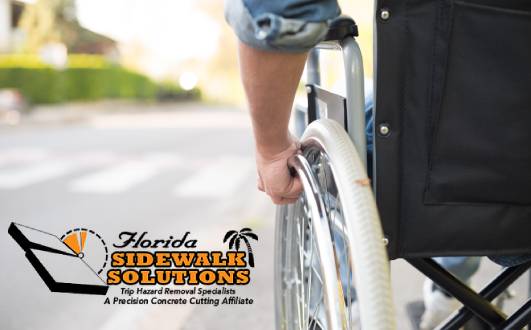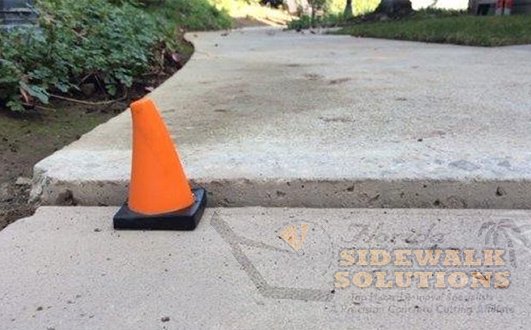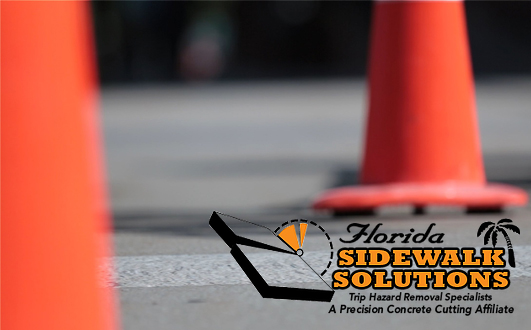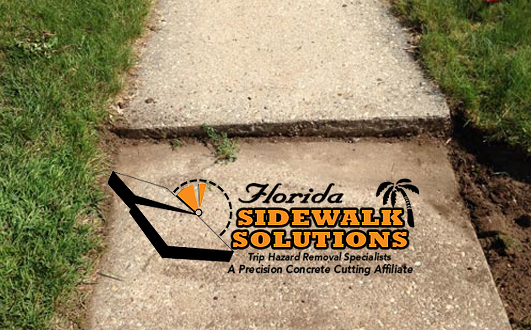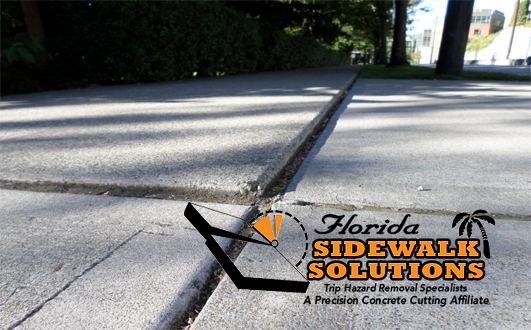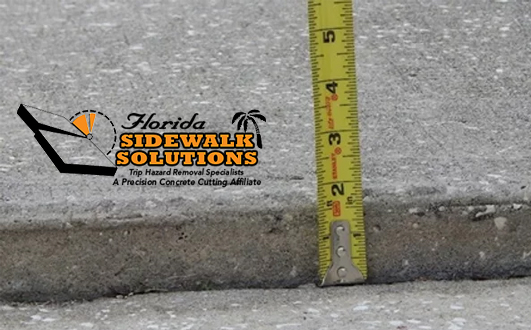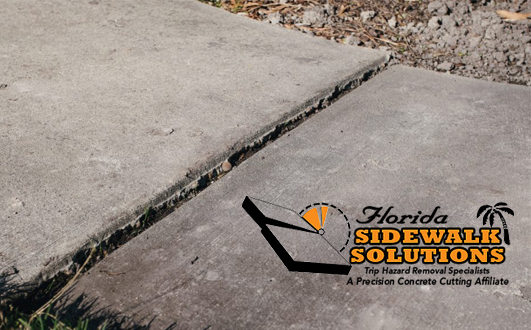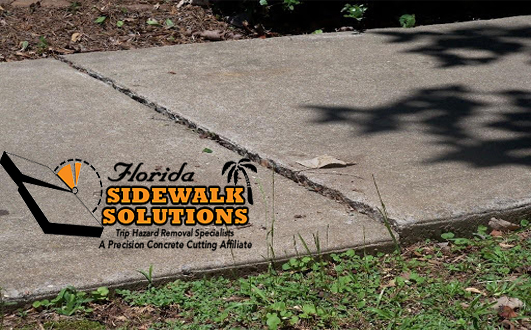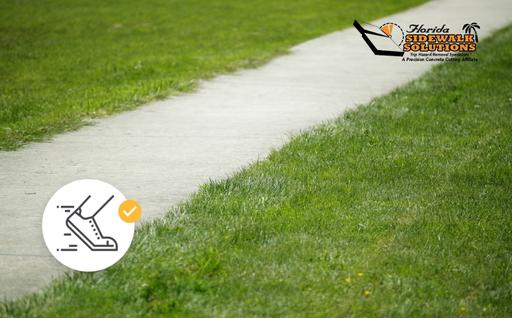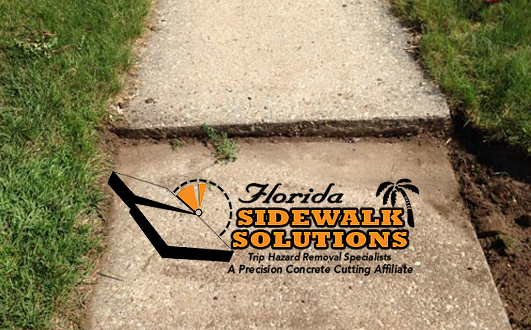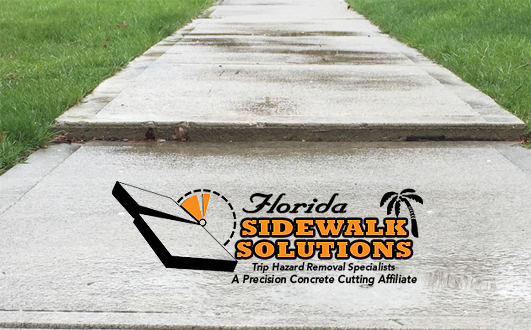Trip Hazard Compliance with the ADA
Sidewalk Trip Hazard compliance is important because Trip Hazards are a serious liability to property managers and owners. This is because The ADA- or Americans with Disabilities Act was signed into law in 1990. The Act is a list of rules that were put in place to make sure that those who suffer from disabilities can still safely access public spaces with relative ease. Trip Hazards will eventually occur over time in even the most well-designed concrete side-walk or walkway. It is the responsibility of the property owner to maintain ADA compliance and address trip hazards to have them removed. this is done in order to avoid fines as a property owner, and to prevent injury to the disabled. Property Owners should be aware of the following Trip Hazard Compliance criteria:
- Width:
In order to properly accommodate mobility equipment such as wheelchairs, a sidewalk has to be a minimum width of 3 feet – or 36 inches. It can be larger, and in fact, if it is less than 5 feet – or 60 inches- wide it will require additional passing spaces at least every 200 feet to allow pedestrians to safely move around each other.
Sidewalk width requirements are especially important for wheelchair-bound individuals. For ADA compliance, the minimum sidewalk width is 36 inches (3 feet), though sidewalks can be wider. - Texture:
Sidewalk texture needs to be pro-friction and slip-resistant. There can be no cracks or uneven areas, which leads us to the next item. - No Trip Hazards
A sidewalk or walkway cannot have a sudden height differential of 1/4″ or more. Over time, the land underneath the sidewalks becomes uneven as well as other factors like damages, erosion, weather, etc. If this height difference exists, it has to be taken care of with a repair before an issue occurs resulting in injury and liability on part of the property owner. - Slope:
A sidewalk Cannot Have a slope ratio of greater than 1:20 at any point or it is considered a ramp- which has its own set of rules. - Curbs:
Curb Ramps are required to safely lead into any sidewalk from areas like intersections. The ramps must be at least 3 feet wide and have a slope less than 1:12.
Most of the items in this Trip Hazard compliance list can be met during the initial construction of the sidewalk or walkway. The one item that will require attention, inspection, and eventual service is Trip Hazards. This is because trip hazards generally occur over time due to wear on the existing construction. Florida Sidewalk Solutions provides the most cost-effective approach to the removal of trip hazards. Rather than remove damaged or raised sidewalk slabs, we cut, smooth, and even them out so they fall within the ADA compliance items listed above. This is substantially less expensive than a new installation. Why spend thousands on a new sidewalk, or worse, be liable for injury due to a trip hazard? Call Florida Sidewalk Solutions today for more information.
Call us: 954-514-7218
Related Media: Affordable Sidewalk Repair, Done Right
Follow us on social media: Facebook | Instagram | LinkedIn

